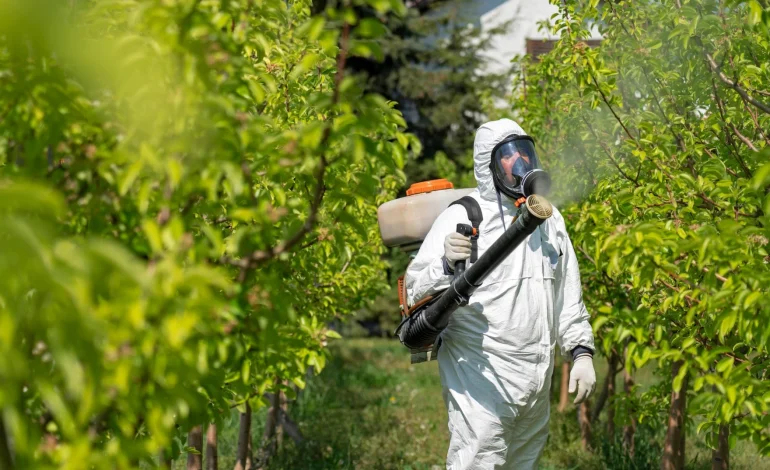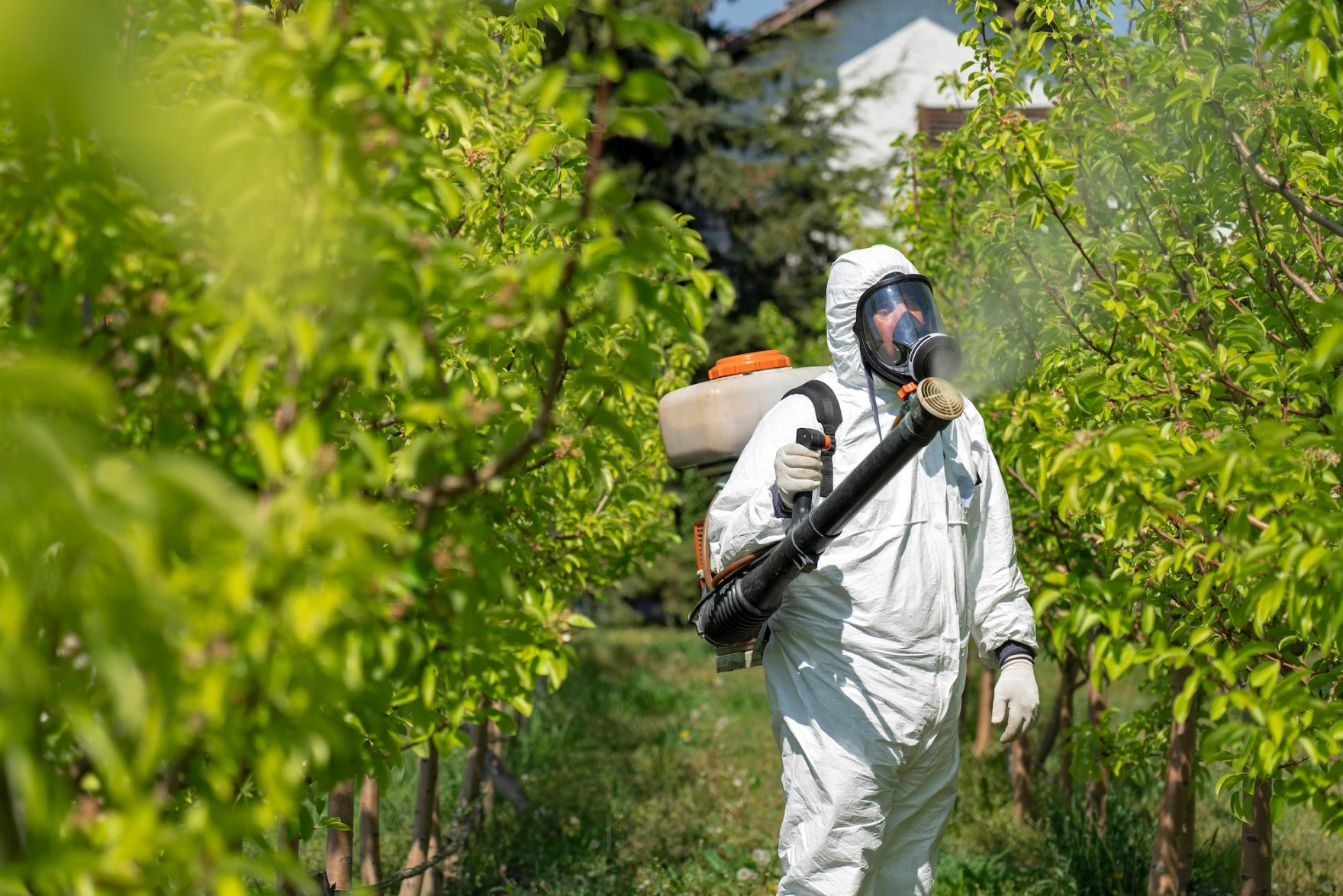Wyoming Groundwater Tests Look Better — But Experts Say the Real Pesticide Threat Isn’t Being Measured

The original story for Wyoming Public Media.
A new US Geological Survey report has some encouraging news: levels of hazardous pesticides in the nation’s groundwater are generally declining. For Wyoming — where roughly 75% of residents rely on private wells — that should feel like a win.
But some experts say the celebration might be premature.
Jay Feldman, executive director of the national watchdog group Beyond Pesticides, argues the study leaves out some of the most widely used — and most toxic — modern chemicals.
“The study only looked at 22 pesticides,” Feldman said. “Many of them aren’t even used anymore. But the more modern chemicals of concern — Roundup, glyphosate, 2,4-D, dicamba, paraquat — these are all highly hazardous chemicals that are simply not evaluated in this study.”
The USGS report tracks older pesticides that have been phased out or scaled back in recent decades, which is why many of the numbers show improvement. But Feldman says measuring legacy pesticides while ignoring their newer replacements doesn’t tell Wyoming residents much about the safety of their drinking water today.
He also points out that the study doesn’t examine how chemicals behave when they mix underground — combining into new compounds that may be even more dangerous.
And then there’s the issue of what US regulators actually test for.
“We’re not testing for endocrine disruption,” Feldman said. “It’s one of the major drivers of cancer and other lifelong diseases we experience worldwide.”
If the list of unmeasured chemicals seems long, the political moment helps explain why.
President Donald Trump campaigned on rolling back environmental regulations he described as unnecessary and harmful to the economy. He appointed Kyle Kunkler, a former chemical-industry lobbyist, as the EPA’s top pesticide regulator. And his administration has pushed for a nearly 40% cut to the US Geological Survey — the very agency tracking toxins in groundwater.
Critics worry such cuts would hamper long-term monitoring and leave gaps in data, especially in places like Wyoming where private wells aren’t subject to federal drinking-water standards.
Even pesticides banned decades ago can cause trouble long after farmers stop using them. Feldman points to DBCP, a soil fumigant banned in 1977, which still shows up at high levels in some groundwater samples.
“When you have persistent chemicals that remain in the groundwater over time,” Feldman said, “unless we answer all these questions about health and the environment at the front end, we end up with exactly the kind of problems identified in this report — chemicals banned years ago still showing up in our groundwater.”
The USGS findings are a sign of progress — fewer old pesticides in the water is genuinely good news. But experts say the report leaves major blind spots, especially when it comes to newer herbicides and the health effects regulators aren’t currently testing for.
For Wyoming households relying on private wells, the message is mixed: the water may be safer than it was decades ago, but it may also contain chemicals that no one is currently measuring.
And until monitoring expands, the true picture of what’s flowing underground remains incomplete.









The latest news in your social feeds
Subscribe to our social media platforms to stay tuned